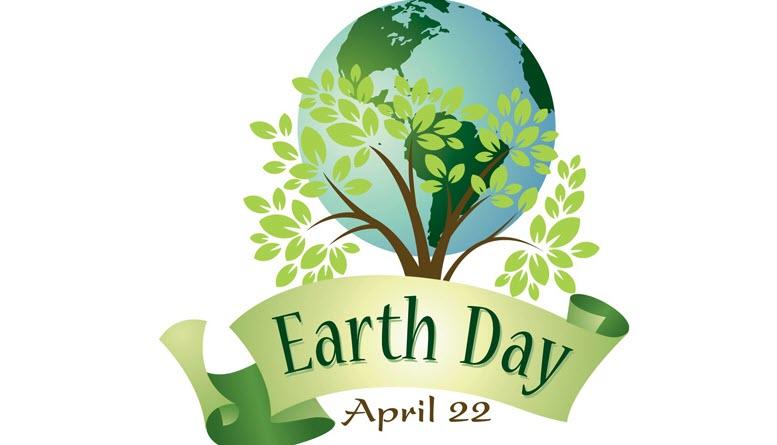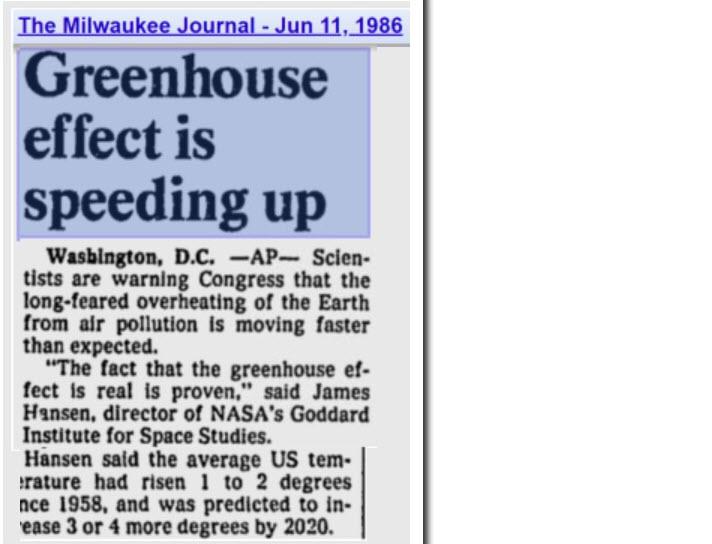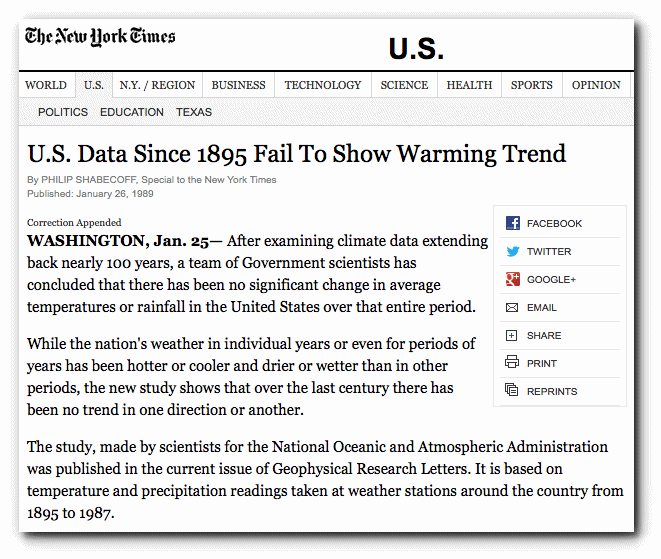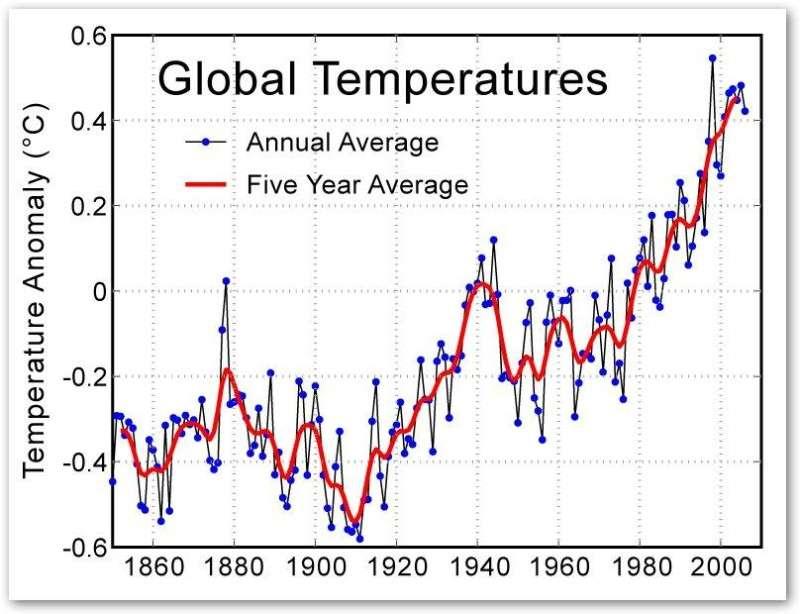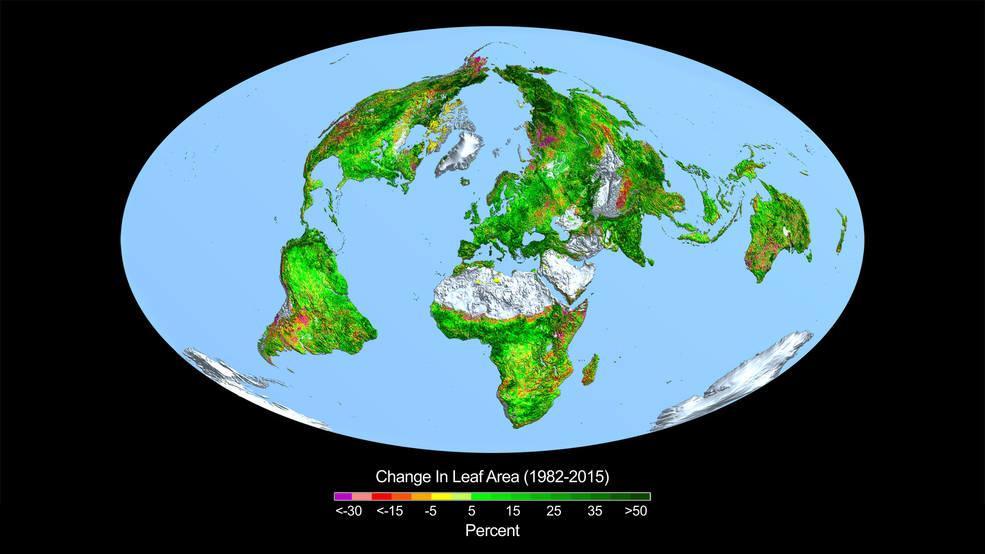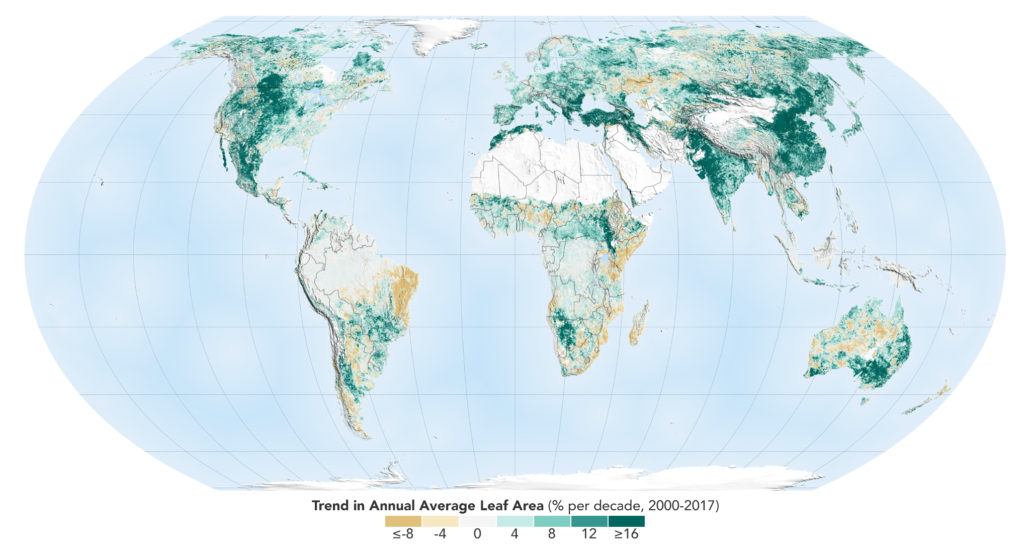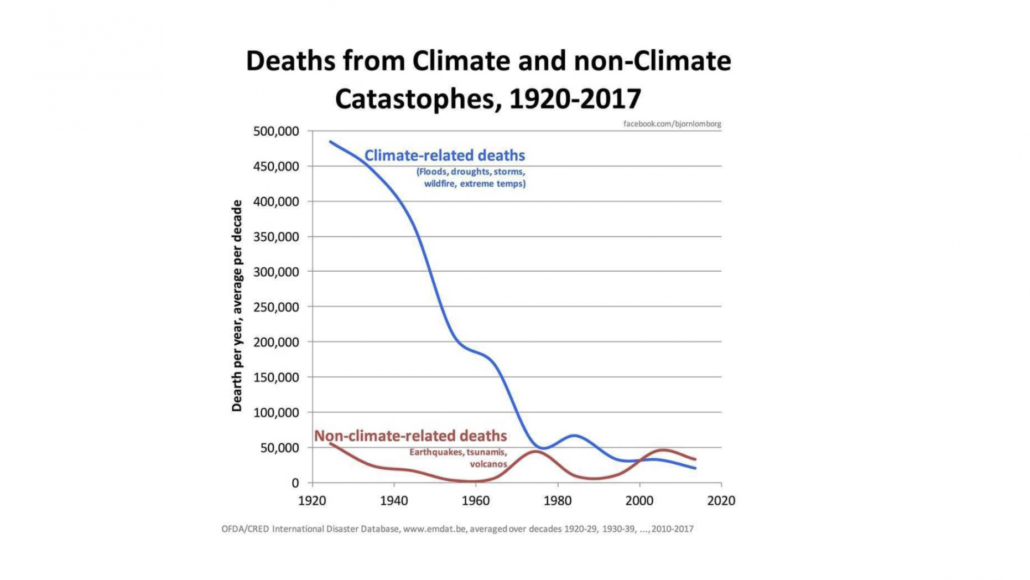Authored by Peter Baggins via TheOccidentalObserver.com,
Two of the most important problems that the so-called Green New Deal will attempt to solve at the cost of incalculable trillions are global warming and its consequences, including drought, famine, floods and massive starvation. You may recall that Obama in his 2015 State of the Union speech declared that the greatest threat facing us was neither terrorism nor ISIS. It wasn’t nuclear weapons in rogue states either. “No challenge poses a greater threat to future generations than climate change,” said Obama.
His entire administration including Vice President Joe Biden, and Secretary of State John Kerry, frequently repeated the claim that climate change was the greatest threat facing the world. It was a sentiment Obama stressed again during an Earth Day trip to the Florida Everglades where he said, “This is not a problem for another generation. It has serious implications for the way we live right now”.
More recently, presidential hopefuls like Beto O’Rourke, along with most Democrat candidates, declared their zealous support for the Green New Deal in forecasting that the world will end in 12 years if nothing is done.
“This is the final chance, the scientists are absolutely unanimous on this — that we have no more than 12 years to take incredibly bold action on this crisis. Not to be melodramatic, but the future of the world depends on us right now here where we are.”
This leads to the question I pose in this brief, data-driven, essay: What kind of track record do the politicians and their experts have in their climate predictions? After all, some of these predictions were made 10, 20 or even 50 years ago. Can’t we now look back at their predictions and begin to hold them accountable?
As others have done, I have chosen to begin with the first Earth Day “Celebration” in 1970. Now who can be against Earth Day? It’s a charming idea, and I have been an enthusiastic supporter since my college days in Ann Arbor, when we celebrated the event on the campus of the University of Michigan.
Here’s what the experts were saying almost a half century ago on Earth Day, 1970:
- “Civilization will end within 15 or 30 years unless immediate action is taken against problems facing mankind.”
— Harvard biologist George Wald
- “It is already too late to avoid mass starvation,”
— Denis Hayes, Chief organizer for Earth Day
- “We are in an environmental crisis which threatens the survival of this nation, and of the world as a suitable place of human
abitation.”
— Washington University biologist Barry Commoner
- “Population will inevitably and completely outstrip whatever small increases in food supplies we make. The death rate will increase until at least 100–200 million people per year will be starving to death during the next ten years. … Most of the people who are going to die in the greatest cataclysm in the history of man have already been born. … [By 1975] some experts feel that food shortages will have escalated the present level of world hunger and starvation into famines of unbelievable proportions. Other experts, more optimistic, think the ultimate food-population collision will not occur until the decade of the 1980s.
— Stanford University biologist Paul Ehrlich
- “Demographers agree almost unanimously on the following grim timetable: by 1975 widespread famines will begin in India; these will spread by 1990 to include all of India, Pakistan, China and the Near East, Africa. By the year 2000, or conceivably sooner, South and Central America will exist under famine conditions …. By the year 2000, thirty years from now, the entire world, with the exception of Western Europe, North America, and Australia, will be in famine.”
— North Texas State University professor Peter Gunter
- “In a decade, urban dwellers will have to wear gas masks to survive air pollution… by 1985 air pollution will have reduced the amount of sunlight reaching earth by one half.”
— Life magazine - “At the present rate of nitrogen buildup, it’s only a matter of time before light will be filtered out of the atmosphere and none of our land will be usable. … By the year 2000, if present trends continue, we will be using up crude oil at such a rate … that there won’t be any more crude oil. You’ll drive up to the pump and say, ‘Fill ‘er up, buddy,’ and he’ll say, ‘I am very sorry, there isn’t any. … The world has been chilling sharply for about twenty years. If present trends continue, the world will be about four degrees colder for the global mean temperature in 1990, but eleven degrees colder in the year 2000. This is about twice what it would take to put us into an ice age.”
— Kenneth Watt
Global Warming and Massive Starvation
I will focus my attention on the two most important predictions: Global Warming and Massive Starvation. If we return to the failed prediction of global cooling noted above, we can put the temperature data in a wider perspective. NASA data show that a period of warming in the 1920’s and 30’s was followed by two or three decades of cooling temperatures, from the 1940s to 1970. At that time many experts, including Carl Sagan, warned us of a possible ice age—only to have the climate change on them. From the 1970s to the late 1990s, scientists began to record slightly warmer temperatures. Curiously, as we look back at this period NASA sounded the alarm for global warming while a short time later the New York Times cited NOAA [National Oceanic and Atmospheric Administration] data showing no warming over the past 100 years in the US.
Since then, group think and political correctness, plus rewards in government grants and university promotions, have created incentives for nearly everyone to jump onto the current bandwagon of projecting an escalating warming trend. Once again we came back to the doomsday scenario that characterized 1970’s.
Then, out of the blue, the darned climate changed again. Global temperature data has been roughly flat since about 1998, even cooling by .056 degrees C from February 2016 to February 2018, according to official NASA global temperature data. Of course, this is just a two-year trend.
You may have noticed that nearly all of the doomsday theories seem to begin with the phrase, “if current trends continue.” But, as I have just reviewed, current trends don’t continue. Global temperatures go down, then up, then stay flat. Population growth tapers off, new oil reserves are discovered, agricultural yields increase at even higher rates. Doomsday forecasters always overestimate gloomy trends and underestimate human ingenuity in problem solving.
This raises the question: How would an informed citizen make sense of our current predicament?
Without question there has been an increase in carbon dioxide and other greenhouse gases released by the burning of fossil fuels and other human activities. A majority of scientists believe this to be the primary source of the global warming that has occurred.
Just how much warming has occurred?
The scientific consensus is that the average temperature of the Earth has risen about 0.4 °C over the past 100 years. This is far less than experts predicted. And therein lies the problem: scientists are better at observation than prediction.
A case in point: experts from the Intergovernmental Panel on Climate carrying out global warming research have now predicted that average global temperatures could increase between 1.4 and 5.8 °C by the year 2100. Notice the nearly 5-fold difference between the conservative and more liberal (one is tempted to say “progressive”) estimates. This strikes me as akin to meteorologists predicting tomorrow’s high as somewhere between 40 and 80 degrees. Not much of a forecast if you are trying to decide whether to head to the beach or not. The confidence interval seems pretty safe, but the precision leaves much to be desired. Just how much faith should one put in such projections, given the flawed models and track record of failed predictions?
Regarding the other staggering Earth Day forecast of widespread starvation into hundreds of millions, recent satellite data from NASA and NOAA offer a compelling explanation for the spectacular failure of these predictions.
Almost half of Earth’s vegetated lands have shown significant greening over the past 35 years largely due to rising levels of atmospheric carbon dioxide, according to a recent study published in the journal Nature Climate Change. An international team of 32 authors from 24 institutions in eight countries led the effort, which involved using satellite data from NASA’s Moderate Resolution Imaging Spectrometer and the National Oceanic and Atmospheric Administration’s Advanced Very High Resolution Radiometer instruments to help determine the leaf area index, or amount of leaf cover, over the planet’s vegetated regions.
This greening represents an increase in leaves on plants and trees equivalent in area to two times the continental United States, or more than two million square miles of extra green leaf area per year, compared to the early 2000’s. That increase represents an enormous amount of food to feed a hungry planet, which is one reason the Earth Day predictions of mass starvation never materialized.
Because the mainstream media refuses to report such important data as this is from NASA and NOAA that do not support their doomsday narrative, I have never actually met anyone who knew anything about this when I mention it. I only learned about this myself a few years ago because of Matt Ridley, whose excellent blog I recommend without reserve:
You may remember from high school biology that increased concentrations of carbon dioxide increase photosynthesis, spurring plant growth. Green leaves use energy from sunlight through photosynthesis to chemically combine carbon dioxide with nitrogen drawn in from the air with water and nutrients tapped from the ground to produce sugars, which are the main source of food, fiber and fuel for life on Earth. The good news is that the impact that this greening has had in reducing hunger and starvation around the globe is undiminished, despite going unreported. When is the last time you heard a report of massive human starvation of hundreds of millions, or even tens of milions. How about 1 million … do I hear a hundred thousand, anyone? Anyone?
Fact Check: Fewer and fewer people die from climate-related natural disasters.
This is clearly the opposite of what you hear from the mainstream media, which loves to provide as much coverage as possible of one disaster after another. A more rational analysis would examine the average number of deaths per decade from 1920-1917. But this would show a “huuuge” decline in deaths caused by climate change, and we can’t have that now can we? The data below are from the most respected global database, the International Disaster Database.
In contrast to the dire Earth Day predictions of 1970, climate-related deaths have been declining strongly for 70 years. Notice that this decline in the absolute number deaths occurred while the global population increased four-fold. Thus, the individual risk of dying from climate-related disasters has declined almost 99% from the 1920s to the present day. Our increased wealth and technological capacity to respond to natural disasters has greatly reduced our collective human climate vulnerability – Good news for rational beings, bad news for Democrat candidates.
Part 2 to follow…
via ZeroHedge News http://bit.ly/2UQJyaM Tyler Durden
